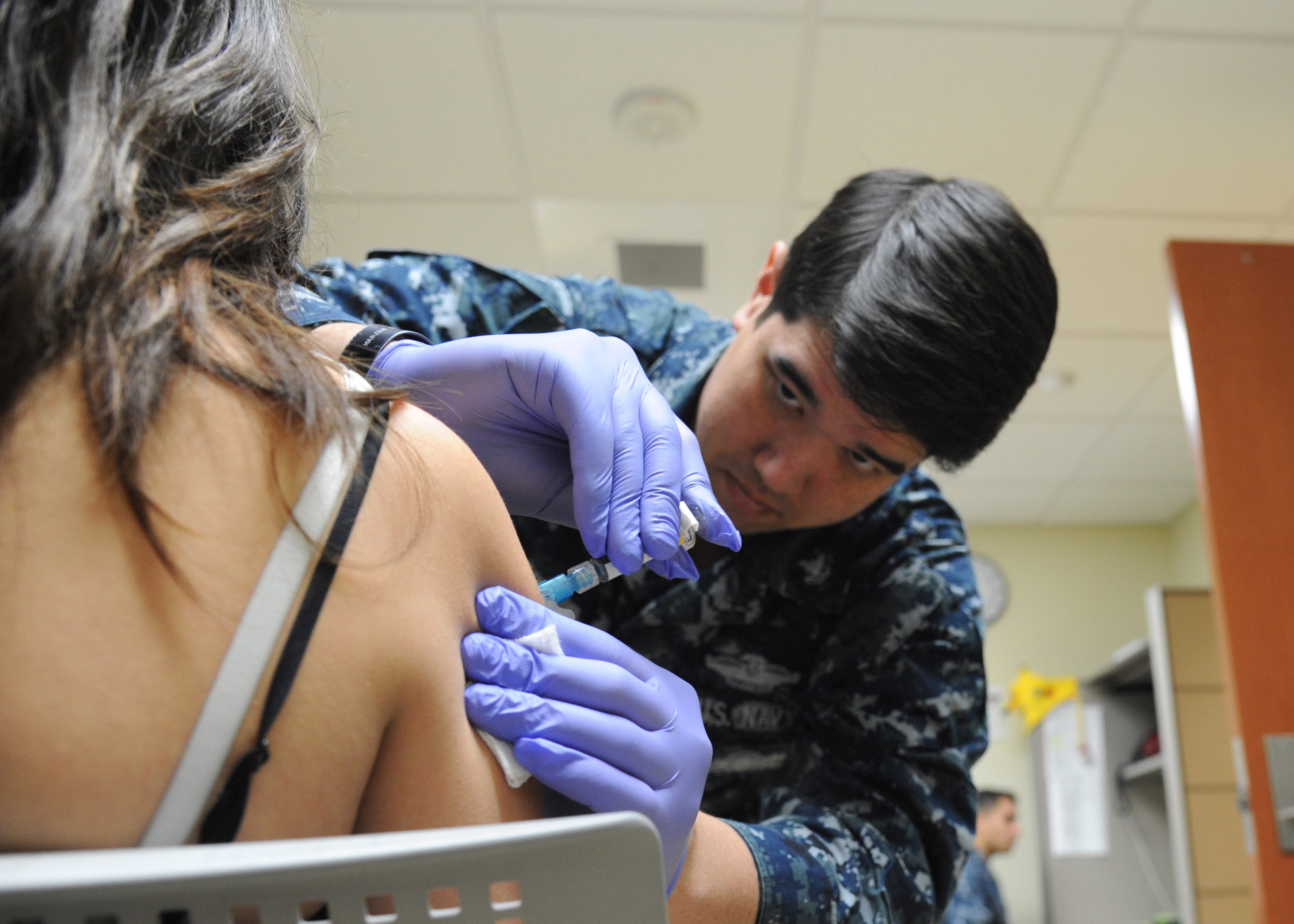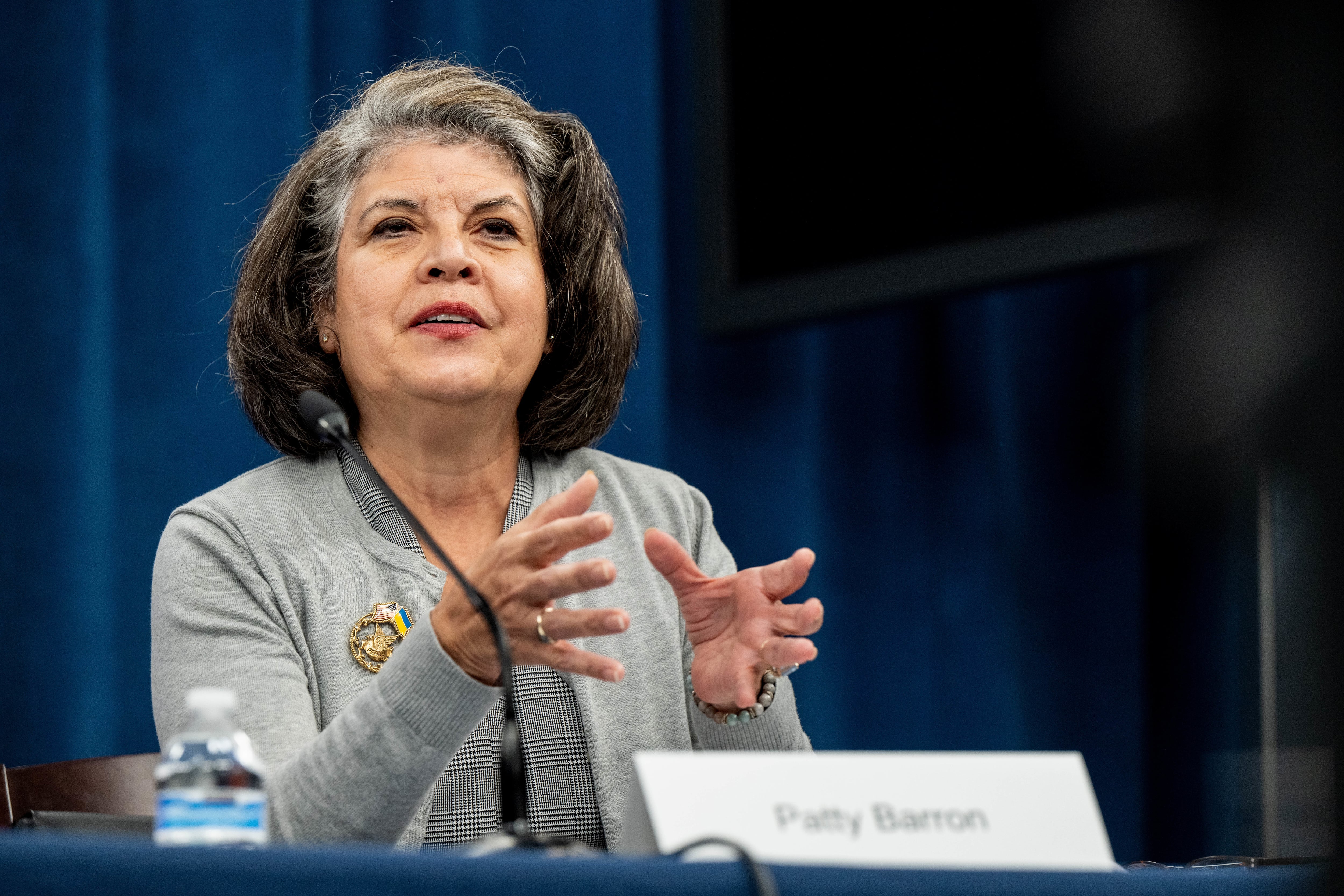The Navy’s big guns are patrolling global hot spots, fighting ISIS in Iraq and Syria, and facing down North Korea’s Kim Jong Un during an annual exercise that is inevitably increasing tensions with the rogue regime.
The carrier George H.W. Bush and her escorts safely transited the Red Sea and the Bab-el-Mandeb strait March 13 and are expected to head to the Northern Persian Gulf to launch strikes on Islamic State targets in Iraq and Syria, according to officials who spoke on background.
Bush recently broke off from the Eastern Mediterranean after conducting strikes on ISIS targets early in March and passed through the Suez Canal March 10. The Bush is likely to play a key role in crushing ISIS fighters in Mosul as the noose continues to tighten around the terror group’s neck.
Iraqi and coalition forces have driven and besieged ISIS in the oldest part of the city, near the historic mosque where ISIS leader Abu Bakr al-Baghdadi declared a caliphate in 2014, according to a March 16 Reuters report.
The carrier Carl Vinson, meanwhile, pulled into the South Korean port of Busan, and will participate in the annual Foal Eagle exercise with the country's forces. Predictably, tensions in the region have spiked, with North Korea viewing the exercise as a preparation for war.
Vinson is joined by her escort, the destroyer Wayne E. Meyer, which also accompanied the Vinson during a recent patrol of the South China Sea.
That patrol came after several months of no U.S. carrier presence in the hotly disputed body of water and marked the first entrance into the region since President Trump took office. On the campaign trail, Trump often targeted China's policies as detrimental to U.S. workers Secretary of State Rex Tillerson, meanwhile, threatened to block China's access to its man-made islands in the South China Sea during his confirmation hearing in January.
But after all the heated rhetoric, Vinson's patrol in the tense region went without incident. Chinese ships shadowed Vinson during her patrol, which has become standard when U.S. ships enter the region. Officials who spoke to Navy Times on background said the interactions with the Chinese fleet were all safe and professional.
As tensions seem to be decreasing between China and the U.S. after intensifying during the waning days of the Obama administration, an even more dangerous and unstable situation has developed with North Korea.
The Kim regime has ramped up its missile program in recent days. On March 6, Kim Jong Un oversaw the launch of three ballistic missiles towards Japan, one of which crashed into the ocean fewer than 200 miles from the Japanese coast.
In the wake of this most recent launch, South Korean officials approved the deployment of the U.S. Terminal High Altitude Area Defense system, which has been vehemently opposed both China and North Korea.
In response to the growing tensions with North Korea, U.S. Secretary of State Rex Tillerson departed for a visit to the region March 15. Multiple news agencies have reported that President Trump views North Korea as his most pressing security challenge, and that further isolating the country is a key goal of Tillerson on his trip.
Vinson's participation in Foal Eagle has also been viewed as a show of force to North Korea. Chairman of the Joint Chiefs of Staff Gen. Joseph Dunford spoke openly in a statement released March 14 about the possibility that North Korea could launch an attack on U.S. and South Korean forces during the exercise.
In its March 15 release announcing the port visit to Busan, the Vinson stressed the routine nature of exercises with South Korea.
"The U.S. Navy routinely works with [Republic of Korea] forces to maintain interoperability and presence in the area," the release said. "Exercises are conducted throughout the year including subject matter expert exchanges, anti-submarine and anti-surface warfare drills, communication drills, air defense exercises, counter-mine planning and distinguished visitor embarkations."
The commander of Carrier Strike Group 1, head Rear Adm. James Kilby said the exercises provided invaluable experience.
"The training opportunities we have in this region are world-class and allow us to build upon our strong alliance with the Republic of Korea," said Kilby. "For more than 60 years, the United States and Republic of Korea have operated side-by-side as partners and I couldn't be more excited to further this relationship."
David B. Larter was the naval warfare reporter for Defense News.





